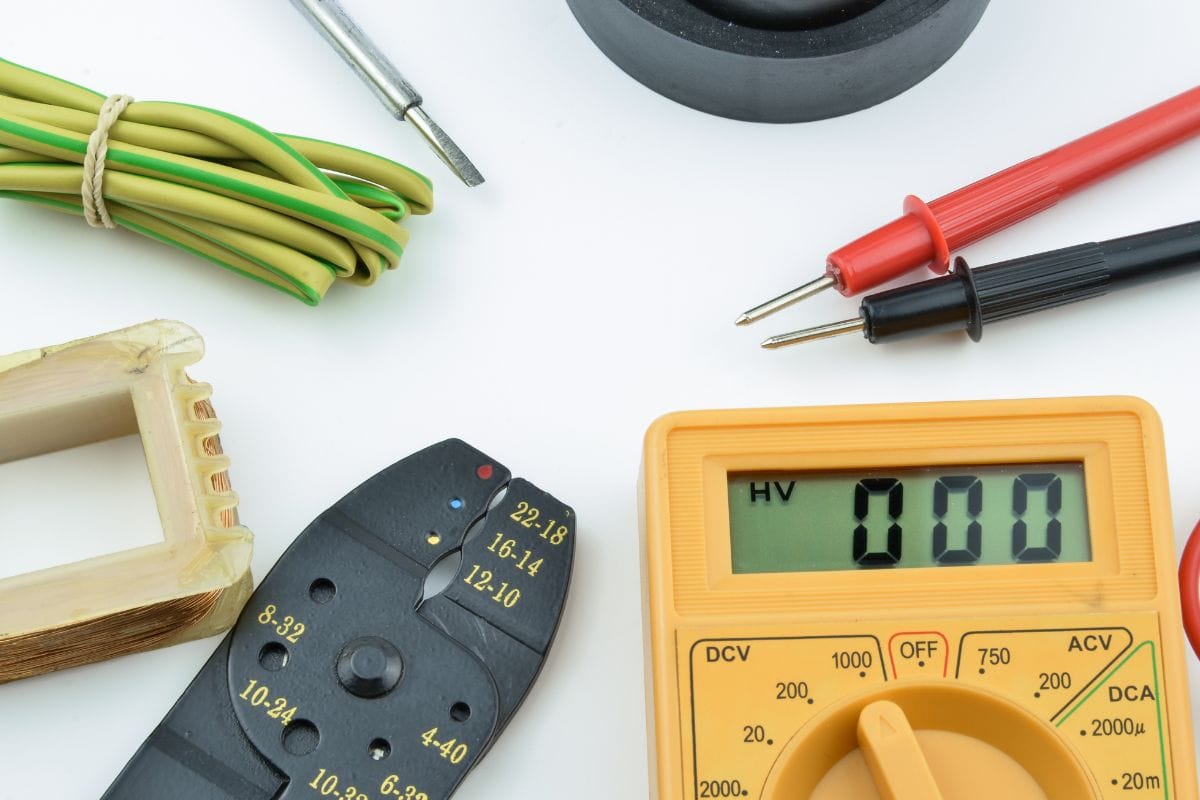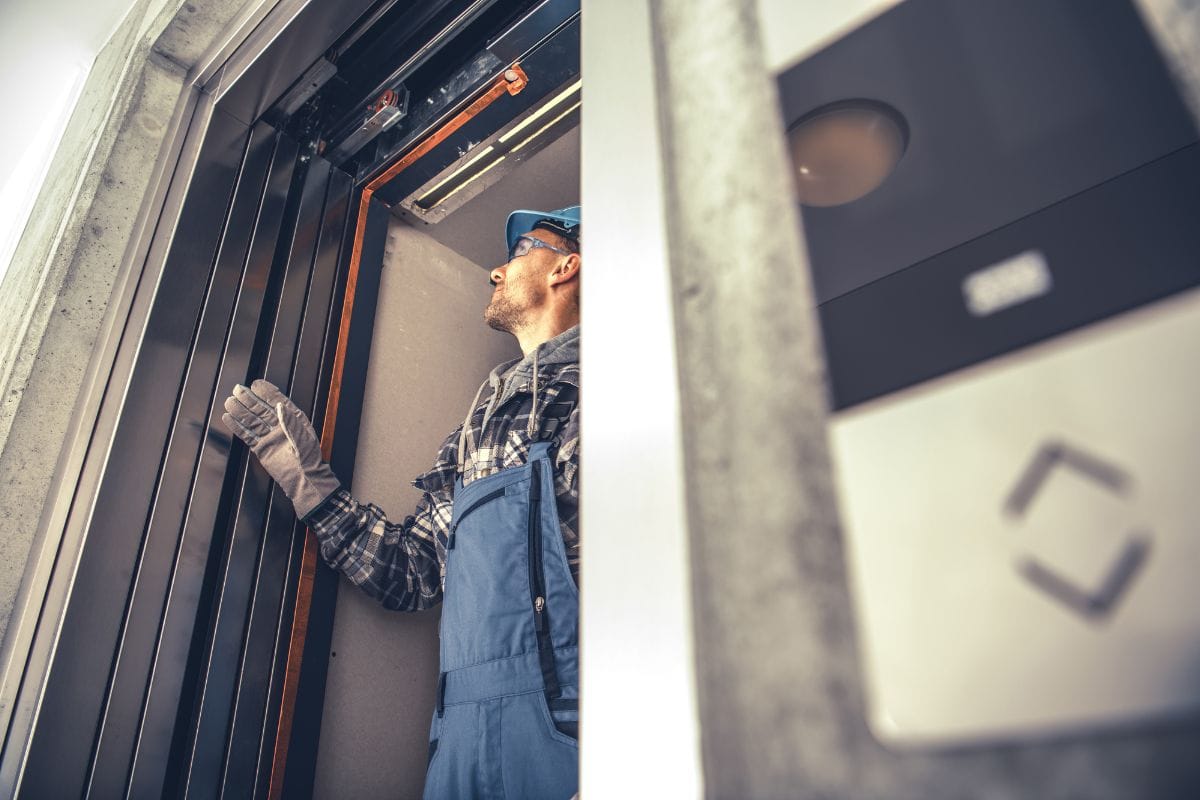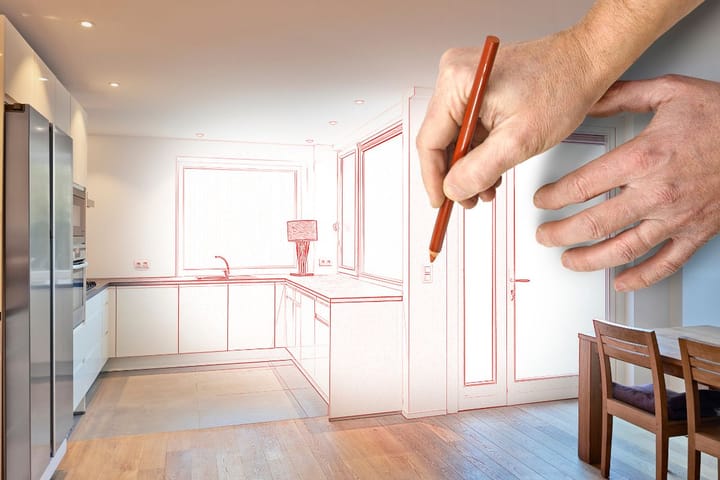Maximizing the Lifespan of Building Systems: A Comprehensive Maintenance Approach
Enhance facility integrity and efficiency with strategic building maintenance. This guide covers key practices for system longevity and peak performance.

Building systems' longevity and optimal functioning are fundamental to any facility's structural integrity and operational efficiency. A well-orchestrated approach to existing buildings’ maintenance extends the lifespan of these systems. It ensures that they function at peak efficiency, ultimately contributing to the sustainability and comfort of the building environment. In this comprehensive exploration, the focus is on various strategies and practices essential for effective building maintenance.
Life Cycle Analysis and Planning for Elevators
Incorporating elevators into the overall lifecycle analysis and planning of a building requires a comprehensive understanding of elevator components and their wear and tear patterns. Elevators consist of various mechanical and electrical parts, including cables, pulleys, motors, and control systems, each with its own expected lifespan.

By analyzing historical data on elevator usage and maintenance records, facility managers can develop predictive maintenance schedules. This allows for timely replacement or refurbishment of critical components, preventing unexpected breakdowns that could disrupt building operations and inconvenience occupants. Moreover, elevators are subject to regulatory compliance, and lifecycle planning ensures that elevators comply with safety and accessibility standards throughout their operational life.
Customized Maintenance Strategies for Elevators
Customizing elevator maintenance strategies involves tailoring them to each system's unique characteristics and demands. For example, high-traffic elevators in commercial buildings may require more frequent inspections and lubrication to cope with heavy usage.

In contrast, elevators in residential buildings may have different usage patterns and can follow a different maintenance schedule. Additionally, environmental factors such as humidity and temperature can impact elevator performance, making it essential to adapt maintenance practices accordingly. Customization extends to choosing the right maintenance providers who specialize in the specific elevator make and model within a building, ensuring that the service is precise and effective.
Sustainability in Elevator Maintenance
Sustainability in elevator maintenance encompasses various practices that contribute to reduced energy consumption and a smaller environmental footprint. Elevator technology has advanced significantly recently, with energy-efficient models becoming more prevalent. These elevators are designed to consume less electricity during operation, often incorporating regenerative drives that convert energy during descent into usable power for other functions.
Moreover, using eco-friendly lubricants and materials minimizes chemical exposure and waste generation during elevator maintenance. Sustainable elevator practices align with broader environmental goals, making buildings more attractive to environmentally conscious tenants and helping property owners meet sustainability certifications and regulatory requirements.
Collaboration with Design and Construction Teams
Collaboration with design and construction teams ensures that elevators are seamlessly integrated into the building's infrastructure and meet safety and accessibility standards from the outset. It also allows for selecting elevators compatible with the building's intended use and traffic patterns. For example, a mixed-use skyscraper might require elevators with specific load capacities and advanced control systems to manage various occupant flows efficiently.

Regular communication with design and construction teams fosters a comprehensive understanding of the elevator system's design intent, enabling maintenance teams to perform their tasks efficiently and uphold the elevators' long-term reliability and safety. Additionally, collaboration helps ensure that any future modifications or modernizations align with the building's original design, preventing conflicts and preserving the overall building's integrity.
Emergency Preparedness and Response Planning
A robust emergency preparedness and response plan is crucial for dealing with unexpected system failures or emergencies. This involves establishing clear protocols for different emergency scenarios and ensuring the maintenance team is well-prepared to handle them.
Regular drills and updates to the emergency plan are essential to maintaining readiness and ensuring quick and effective responses in times of crisis. For example, a well-practiced response plan can minimize downtime during an unexpected HVAC system failure, preventing discomfort for building occupants.
Innovative Financing Models for Maintenance Projects
Large-scale maintenance projects can be financially challenging for building owners. To address this issue, innovative financing models such as performance contracting and energy savings agreements offer solutions.
These models allow building owners to fund maintenance and upgrades using the cost savings generated by improved energy efficiency and reduced operational expenses. By leveraging these financing mechanisms, building owners can make substantial maintenance projects more accessible and economically attractive, ensuring critical upkeep is not deferred due to budget constraints.
Integrating User Feedback in Maintenance Planning
User feedback is a valuable resource in maintenance planning. It provides insights into the real-world functionality of building systems from those who use them daily. Actively seeking and integrating user feedback can help prioritize maintenance tasks and improve the overall functionality and comfort of the building.
For instance, if occupants consistently report issues with temperature control in certain building areas, maintenance teams can focus on addressing HVAC system problems in those zones. This targeted approach enhances occupant satisfaction and ensures maintenance efforts align with the building's user needs and expectations.
Adopting Green Cleaning and Maintenance Practices
Green cleaning and maintenance practices promote sustainability and occupant well-being. They involve the use of sustainable and non-toxic cleaning agents, as well as eco-friendly maintenance methods. This approach minimizes the environmental impact of maintenance activities by reducing harmful chemicals and minimizing waste generation.
Additionally, it creates a healthier indoor environment for building occupants by reducing exposure to potentially harmful substances. For example, replacing traditional cleaning chemicals with environmentally friendly alternatives reduces the building's contribution to pollution. It improves indoor air quality, enhancing the well-being of occupants and contributing to a more sustainable and health-conscious approach to building maintenance.
Conclusion
In conclusion, a comprehensive approach to existing buildings maintenance encompasses various strategies, from lifecycle planning and customized maintenance strategies to integrating advanced technologies and sustainable practices.
These approaches collectively ensure that building systems operate efficiently, sustainably, and reliably, thus maximizing their lifespan and contributing to the overall value and functionality of the property. As buildings evolve, so will the methods and technologies used to maintain them, underscoring the importance of adaptability and forward-thinking in maintenance practices.




Comments ()